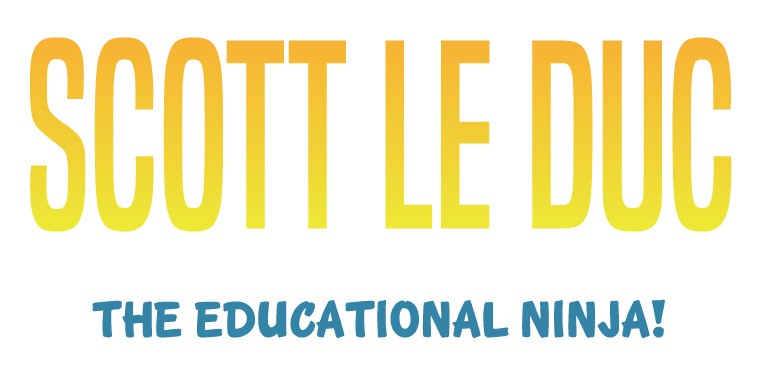 CC image Education Postcard: “Rubric? I don’t know rubrics.” by Ken Whytock at Flickr
CC image Education Postcard: “Rubric? I don’t know rubrics.” by Ken Whytock at Flickr
Building a Differentiated Assessment Rubric
- Select the standard statement with a thinking/doing verb
- EXAMPLE: Describe the stages and procedures used in the recording process.
- Identify the verb in the standard statement
- EXAMPLE: DESCRIBE the stages and procedures used in the recording process.
- Locate the verb in the Blooms verbs list below (I, II,III,IV,V,VI)
- EXAMPLE: DESCRIBE is from the BLOOM: COMPREHENSION section
- Place this statement on Rubric Level 3 (Meeting Standard) of the 4 point rubric
- Select a higher cognitive load verb for the standard statement for Rubric Level 4 (Exceeds Standard)
- EXAMPLE: DEMONSTRATE is from the BLOOM: APPLICATION section directly above the comprehension section
- Select a lower cognitive load verb for the standard statement for Rubric Level 2 (Approaching Standard) from the list below and recompose the statement for each level
- EXAMPLE: LIST is from the BLOOM: KNOWLEDGE section directly blelow the comprehension section
- Final EXAMPLE Rubric:
- REDO – No evidence of standard
- LIST the stages and procedures used in the recording process. APPROACHING STANDARD
- DESCRIBE the stages and procedures used in the recording process. MEETS STANDARD
- DEMONSTRATE the stages and procedures used in the recording process. EXCEEDS STANDARD
- Fill in the Google Form Rubric Builder
Bloom’s Taxonomy Key Words For Learning
Numbered in order of difficulty beginning with most basic
I. Knowledge (drawing out factual answers, testing recall and recognition) (LOWER)
- Know
- Define
- Memorize
- Repeat
- Record
- List
- Recall
- Name
- Locate
- Recite
- State
- Relate
- Collect
- Label
- Specify
- Cite
II. Comprehension (translating, interpreting, and extrapolating)
- Restate
- Summarize
- Discuss
- Describe
- Recognize
- Explain
- Express
- Identify
- Review
- Match
- Translate
- Paraphrase
- Convert
III. Application
- Exhibit
- Interview
- Apply
- Use
- Dramatize
- Illustrate
- Calculate
- Experiment
- Brainstorm
- Change
- Solve
- Simulate
- Employ
- Demonstrate
- Practice
- Operate
- Show
- Make
- Predict
- Relate
IV. Analysis (breaking down into parts or forms)
- Interpret
- Analyze
- Differentiate
- Compare
- Contrast
- Scrutinize
- Categorize
- Probe
- Investigate
- Discover
- Inquire
- Detect
- Infer
- Inspect
- Classify
- Arrange
- Group
- Organize
- Examine
- Survey
- Dissect
- Inventory
- Question
- Test
- Distinguish
- Diagram
- Point out
V. Synthesis (combining elements into a pattern not clearly there before) (HIGHER)
- Compose
- Plan
- Propose
- Produce
- Invent
- Develop
- Design
- Formulate
- Arrange
- Assemble
- Construct
- Create
- Rewrite
- Set up
- Prepare
- Imagine
- Hypothesize
- Incorporate
- Generalize
- Originate
- Predict
- Contrive
- Systematize
- Rearrange
- Eliminate
VI. Evaluation (according to some set of criteria, and state why) (HIGHER)
- Judge
- Decide
- Appraise
- Evaluate
- Rate
- Compare
- Value
- Revise
- Conclude
- Select
- Criticize
- Assess
- Measure
- Estimate
- Infer
- Deduce
- Score
- Predict
- Choose
- Recommend
- Determine
Resources
The courses taught by Mr. Le Duc are included in the Career Clusters for the State of Washington. Simply put, you have to think more deeply the higher you look on Bloom’s scale.
For a more detailed description of Bloom’s Taxonomy examine the Model Questions and Key Words PDF
